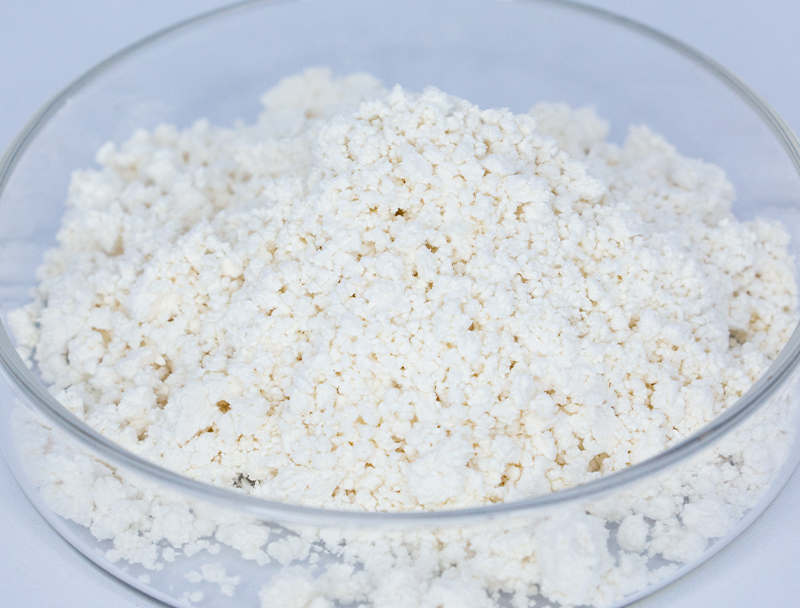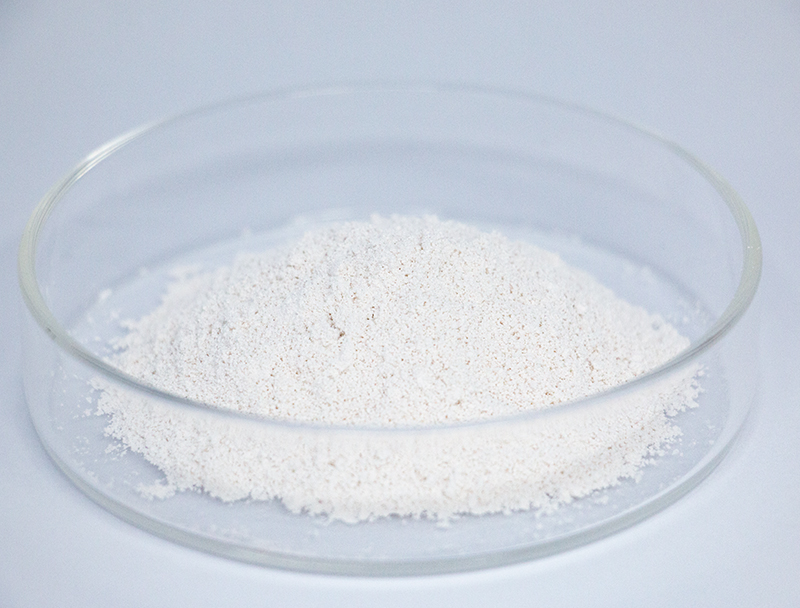
Cell-based production leans heavily upon a plentiful suite of input materials for fabricating next-generation bio-products.
Ensuring the sustainable sourcing of these resources dictates persistent stability and principled industry advancement.
numerous problems stemming from established sourcing methods for example habitat harm and overextraction of resources. Therefore, biomanufacturing companies must actively seek out alternative sourcing strategies to minimize their ecological footprint.
- Representations of ethical supply approaches are:
- Integrating compostable agricultural waste into supply chains
- Adopting looped production models to decrease loss and amplify reuse
- Forging alliances with neighborhood suppliers supporting green sourcing
The transition to greener sourcing offers both planet-friendly outcomes and business advantages.
Upgrading Feedstock Traits for Better Biofuel Performance
Optimizing biofuel yields depends strongly on feedstock quality and makeup. Experts maintain efforts to discover ways to maximize feedstock value, delivering enhanced conversion and a more resilient energy mix. Strategies feature genetic optimization to raise biomass yield plus pretreatment to depolymerize plant polymers into sugars.
- Likewise, initiatives explore candidates such as algal biomass, process wastes, and agricultural leftovers to extend sustainable feedstock availability for fuels.
- Through these continuous efforts, the field of biofuel production is poised to make significant progress in the coming years, paving the way for a more renewable energy landscape.
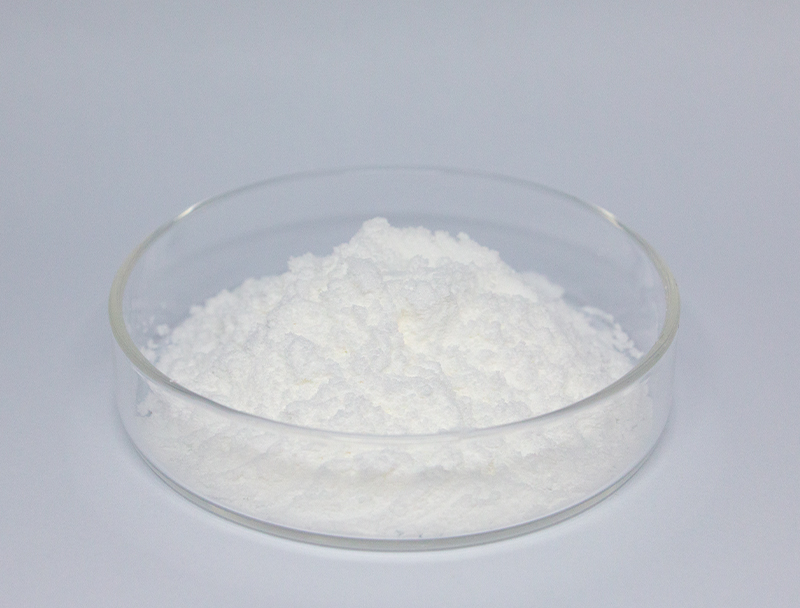
Transformations in Upstream Biopharma Workflow Design
comprises front-end procedures like culture expansion and cell retrieval Recent advances in this domain have led to improved production processes, ultimately increasing product yield.
Salient improvements involve specialized expression hosts, fine-tuned media strategies, and next-gen bioreactor concepts. These innovations not only enhance productivity but also minimize production costs and environmental impact.
- Furthermore, there is a growing trend towards continuous processing in upstream processing, allowing for increased flexibility over the production process.
- This move toward intelligent production systems is expected to reshape the industry and hasten drug development.
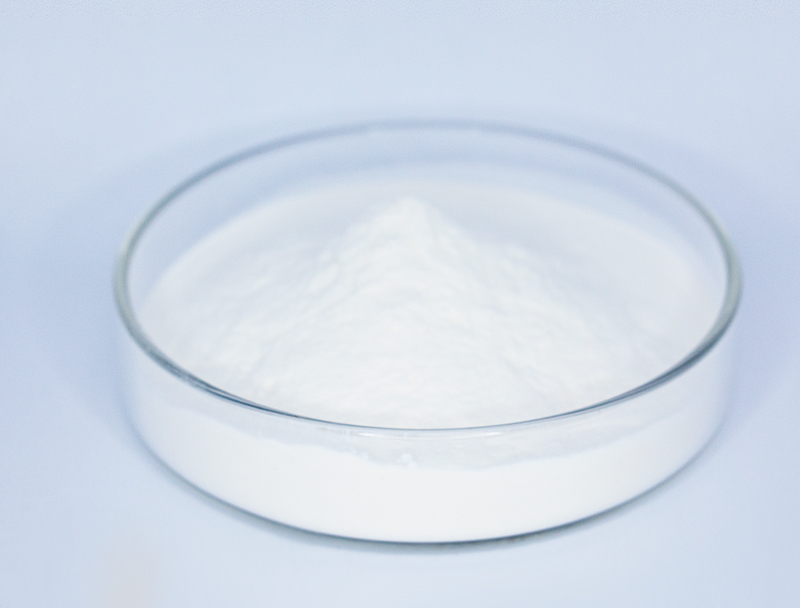
CRISPR and Beyond: Improving Biopharma Production
refinements in gene-targeting technologies have advanced protein production workflows. By accurate genomic tuning, developers enhance yields of critical biopharmaceuticals. This approach holds immense potential for developing more efficient and affordable biopharmaceuticals to address a wide range of diseases.
Microbial Approaches to Effective Bioremediation
innovative solutions for sustainable bioremediation, a critical process for addressing environmental pollution. Specialized microbes can enzymatically degrade pollutants to reduced-toxicity products.. Employing microbial processes facilitates remediation approaches that preserve ecosystem integrity while reducing pollution.. Researchers screen diverse microbial taxa for metabolic pathways suited to remove heavy metals, pesticide residues, and hydrocarbon contamination.. These microorganisms can be employed in bioreactors or directly at contaminated sites, promoting the breakdown of pollutants through biodegradation processes..
The use of microbial biotechnology in bioremediation offers several advantages over conventional methods. This route is often more affordable and reduces the formation of toxic residues. Also, microbial interventions offer targeted remediation that minimizes collateral ecosystem disturbance. Research efforts persist to upgrade the potency and implementation of microbial remediation strategies.
The Role of Bioinformatics in Drug Discovery and Development
Computational biology approaches are becoming vital across contemporary drug R&D. By analyzing biological data to select and improve leads, computational methods support efficient drug development.
- Via examination of genomic, proteomic, and clinical datasets, researchers pinpoint targets and project drug activity.
- In addition, predictive simulations inform medicinal chemistry efforts to craft more efficacious drugs.
- In conclusion, computational biology reshapes discovery pipelines and speeds delivery of reliable treatments for patients.
Engineering Cellular Pathways for Improved Bioproduct Output
uses diverse methods to increase biosynthesis of target bioproducts in organisms. Tactics can encompass genetic engineering to reconfigure metabolism, promoter modulation to adjust expression, and pathway insertion to enable new reactions.. By optimizing cellular networks, developers can substantially boost target bioproduct output.
Such an integrated approach may disrupt diverse fields including therapeutics, crop science, and sustainable fuels.
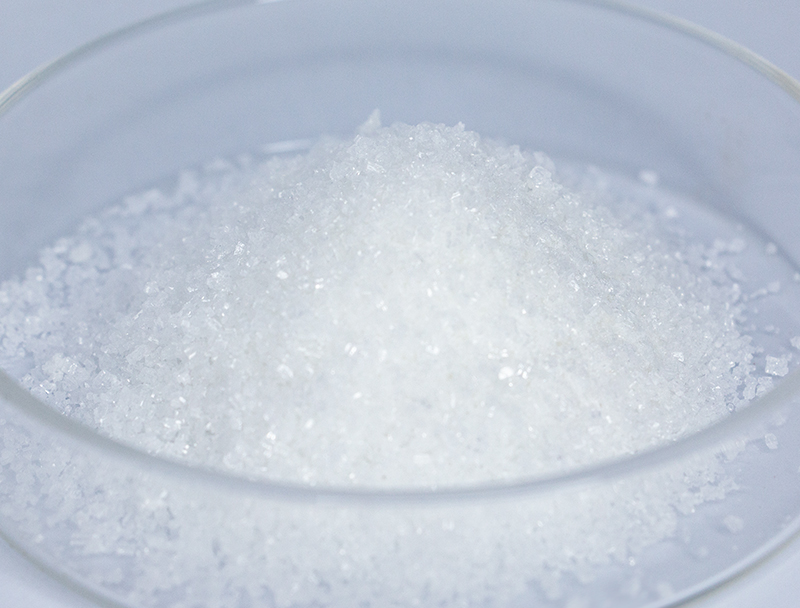
Barriers and Benefits When Expanding Biopharmaceutical Manufacturing
Large-scale manufacturing brings notable difficulties together with growth opportunities. One major challenge is maintaining consistent product quality at increased scales. Solving it involves resilient control frameworks, high-resolution monitoring, and modern analytical tools.

Complexity in multi-step biomanufacturing operations presents ongoing operational challenges.. Reengineering workflows for mass production involves rigorous R&D and inventive technology deployment.. However, the prospective rewards are sizable. Successful industrialization can broaden availability, trim costs, and raise profitability.
Different initiatives are progressing to solve scale-up constraints. Approaches include cutting-edge process optimization tech, comprehensive analytics for control, and disruptive manufacturing designs.
- Development efforts are also playing a crucial role in advancing biopharmaceutical production capabilities.
- Government agencies are streamlining review procedures to permit quicker uptake of new production technologies and foster innovation.
Understanding Regulatory Oversight to Ensure Biopharmaceutical Quality
Engineering biologic therapies includes robust governance to assure patient safety and measure effectiveness. Products of biological origin introduce specific challenges that differ from standard drug development.
Regulatory authorities including FDA and EMA are central to creating criteria and processes for approving innovative biologics..
Stringent experimental and surveillance testing occurs across the entire development-to-market continuum. Such safeguards are intended to detect hazards and ensure therapeutics adhere to top-tier safety benchmarks..
Moreover, oversight agencies continually refine approaches to align with accelerating scientific progress in therapeutics.. Actions include accepting new technologies and streamlining 4-Aminobutyric acid development channels while safeguarding patient health.
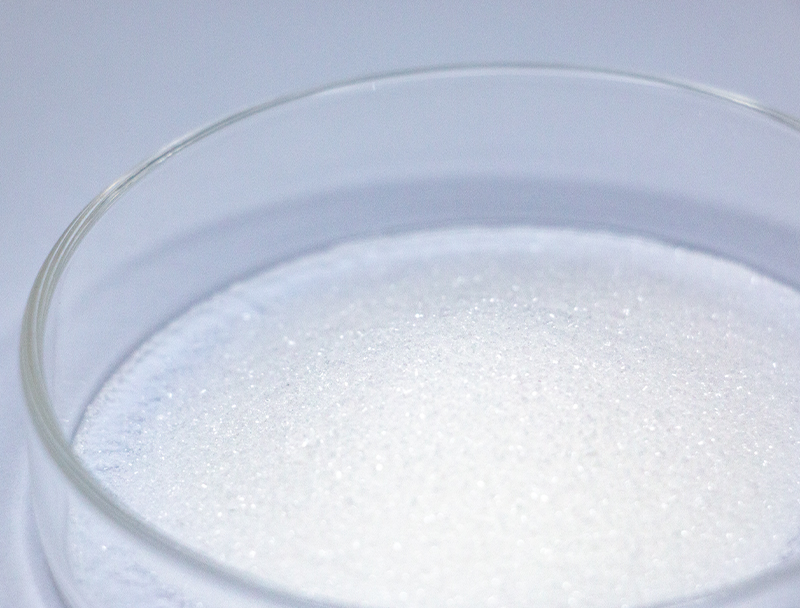
Exploring the Potential of Plant-Based Biomass Feedstocks in Bioplastics
The expanding market for green materials prompts increased R&D into bio-based solutions. Converting plant biomass into bioplastics offers a credible pathway to environmentally sound products. Plant inputs like corn-derived starch, cellulose derivatives, and sugarcane can be turned into degradable plastics that lessen environmental burdens.
Similarly, selected bioplastics offer analogous properties to traditional plastics suitable for many applications.. Ongoing studies and technology development are vital to exploit plant feedstocks for bioplastics and foster a circular economy.
Biotechnology's Impact on Global Health and Food Security
Emerging biotechnologies deliver avenues to improve health outcomes and secure food resources. With genetic tools, engineered biological systems, and regenerative cell approaches, experts craft interventions to manage diseases, enhance agriculture, and fortify nutrition.. For example, engineered crops with pest resistance and stress tolerance can increase yields while lowering pesticide use.. Likewise, biotechnology enables new vaccines, novel therapeutics, and improved diagnostics essential to global disease mitigation and better health.. As innovations mature, biotechnology can provide meaningful contributions toward global health and resilient food supplies for future generations.
